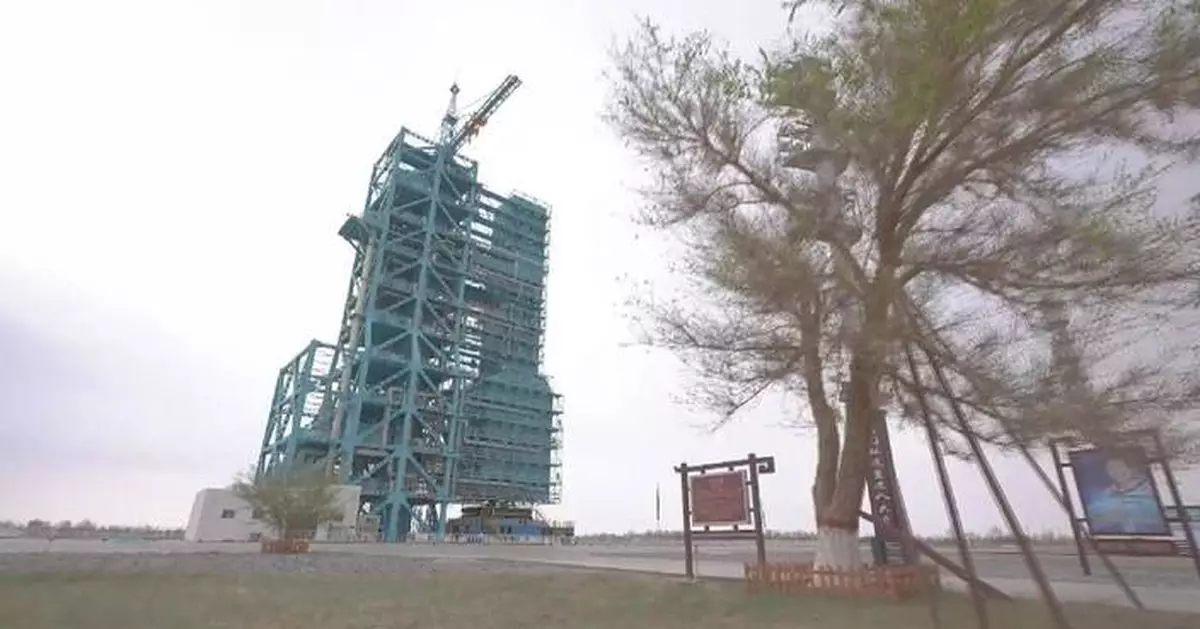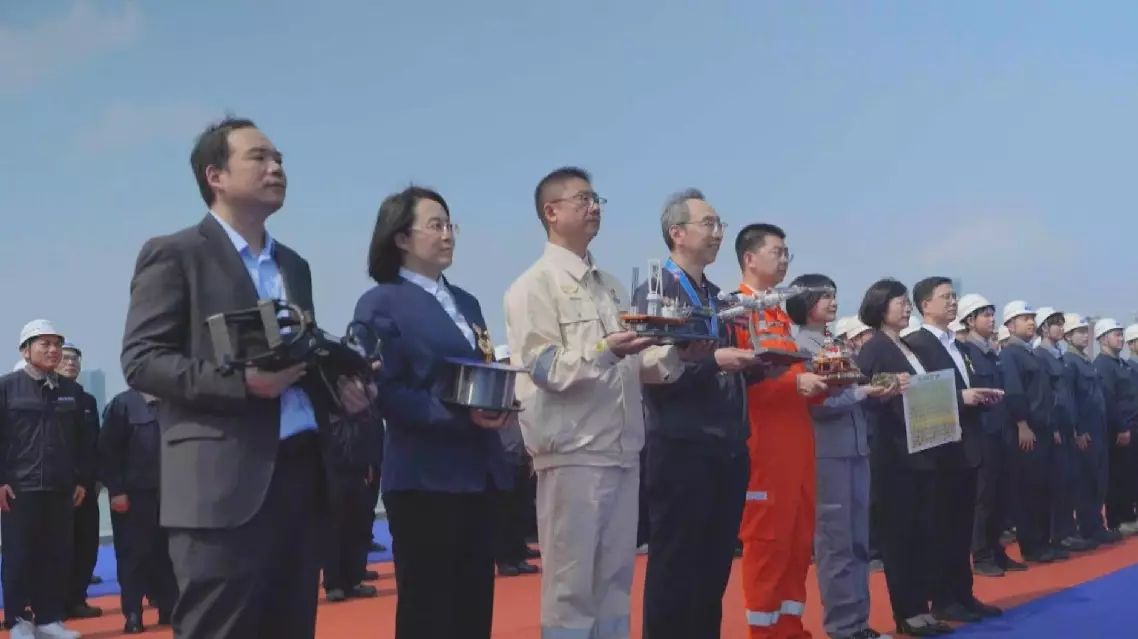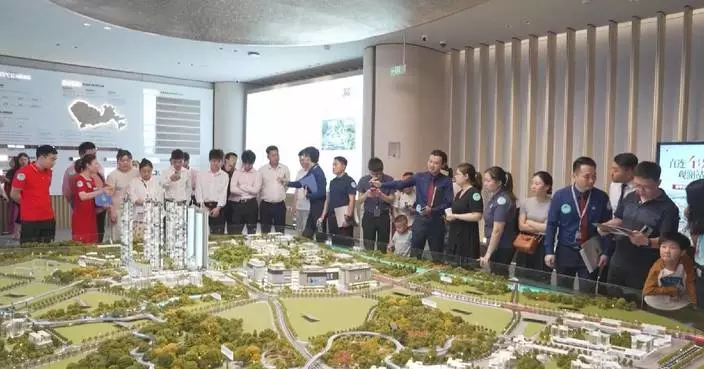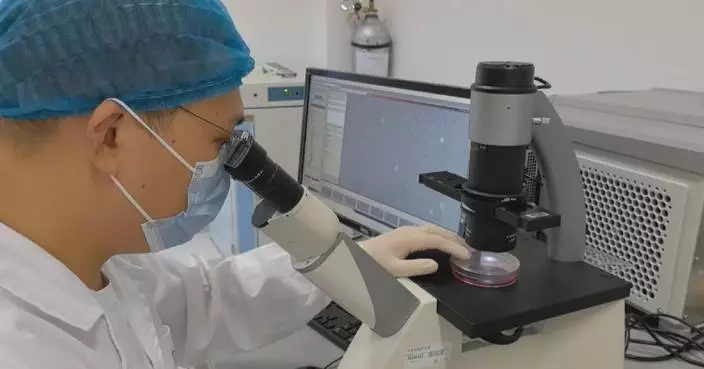The Jiuquan Satellite Launch Center is fully prepared for sandstorms and has intensified meteorological monitoring measures for the upcoming launch of the Shenzhou-20 manned space mission.
At the launch center, engineers are conducting detailed inspections of the enclosed areas of the launch tower and the sand-proof sealing of ground equipment, in order to prevent outdoor facilities, such as the air conditioning system, non-standard tower equipment, and power supply and distribution systems, from being eroded by strong winds and dust storms.
"We have taken protective measures for key parts of the launch tower, particularly the enclosed area of the spacecraft spanning from the 7th to the 9th floors. All holes and crevices have been sealed. We have also protected large mechanical components, bearings and cables on the tower. We have arranged for personnel to stand guard 24 hours a day, closely monitoring the temperature, humidity and cleanliness of the fairing air conditioning. Additionally, based on the previous equipment operation assessment, we have conducted emergency response drills for all typical faults. Currently, the launch site system has sufficient materials and equipment, and the contingency plans have been well rehearsed. We are confident in completing the launch of Shenzhou-20," said Wang Zuobing, an engineer at the launch center.
The ground-based tracking and control systems have also been put under protective enclosures to ensure their smooth operation under challenging conditions.
"After entering the task cycle, we have conducted a daily review of the equipment status. Based on the meteorological conditions, we have formulated four special emergency plans and established a daily inspection system for key components, such as the external interfaces and imaging modules of the equipment. Currently, the equipment is in good condition," explained He Yongfu, another engineer.
In addition, meteorological workers at the Jiuquan Satellite Launch Center are intensifying their monitoring and forecasting efforts by systematically collecting meteorological data from the launch site for the month of April over the past decade and establishing a refined forecasting model.
"We have intensified pre-launch consultations and forecasts. During this phrase, we will generate hourly forecasts for the next 72 hours, which can more intuitively and accurately reflect future weather conditions. This is also beneficial for decision-making authorities to learn about related window forecasts, so as to provide auxiliary support for their decision-making," said Zhang Fang, a meteorological worker at the Jiuquan Satellite Launch Center.
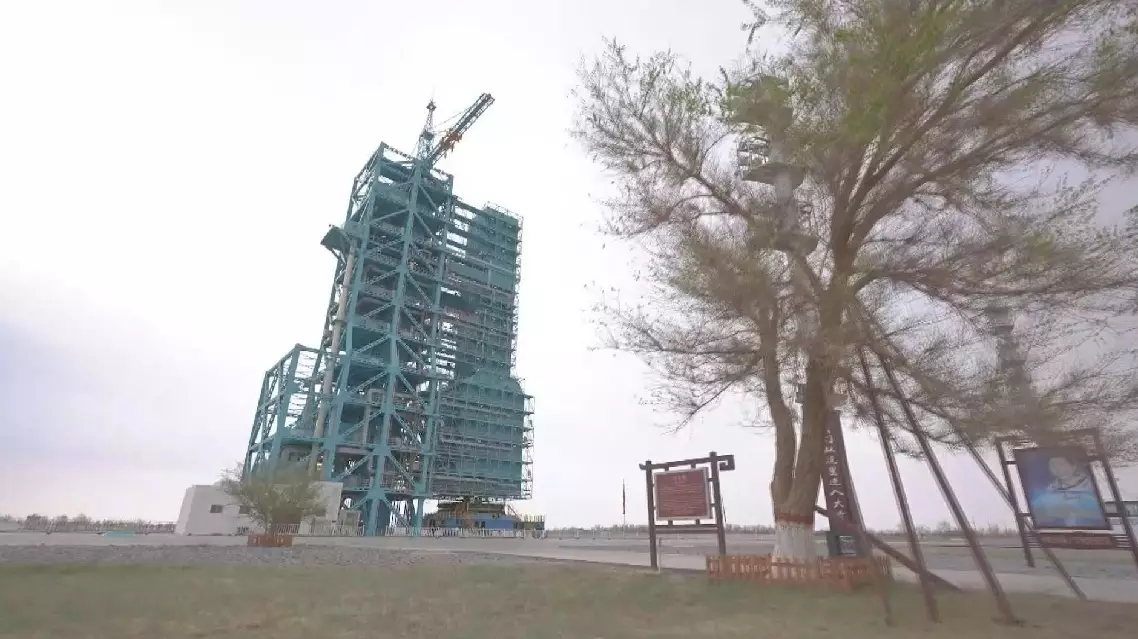
Jiuquan launch center well-prepared to cope with sandstorms


